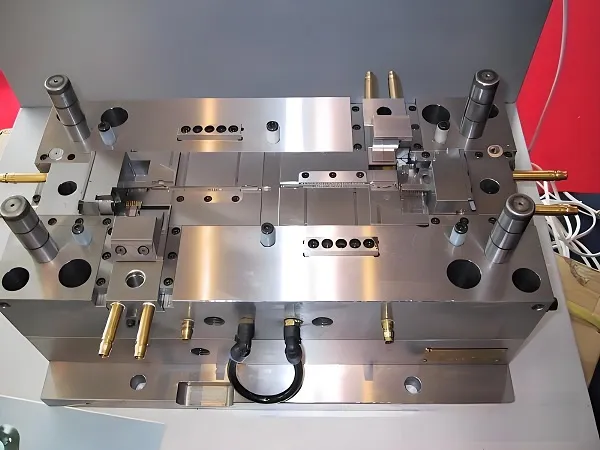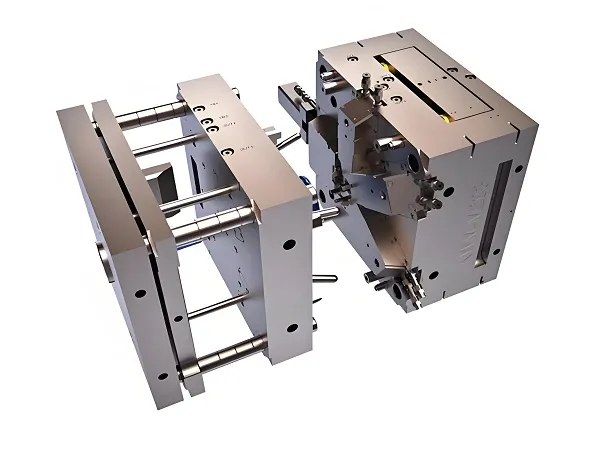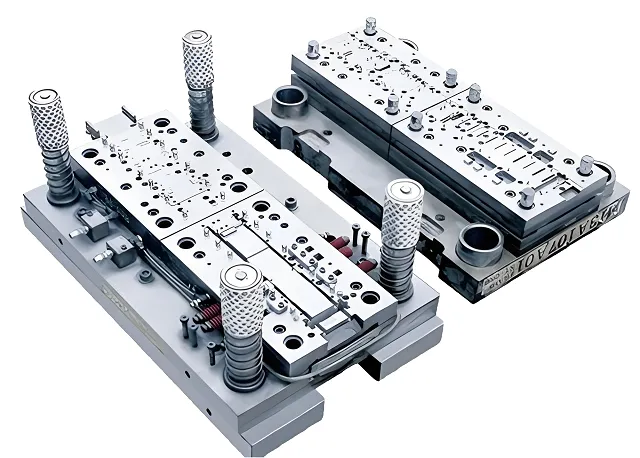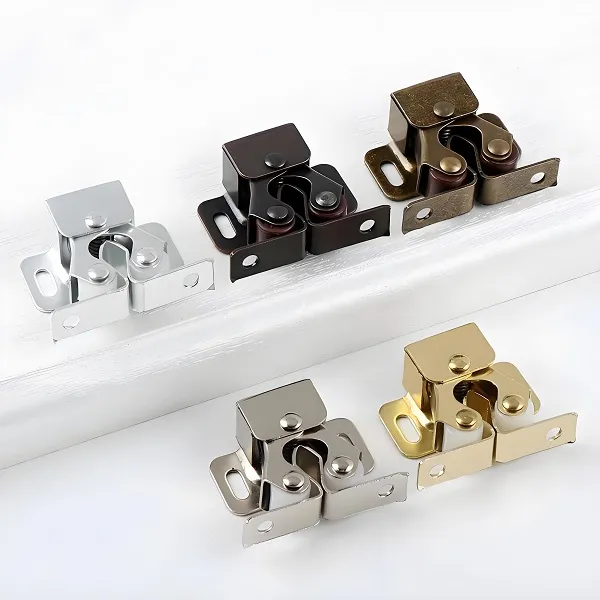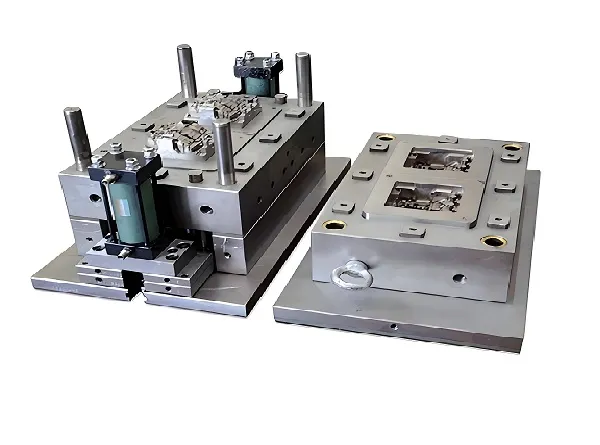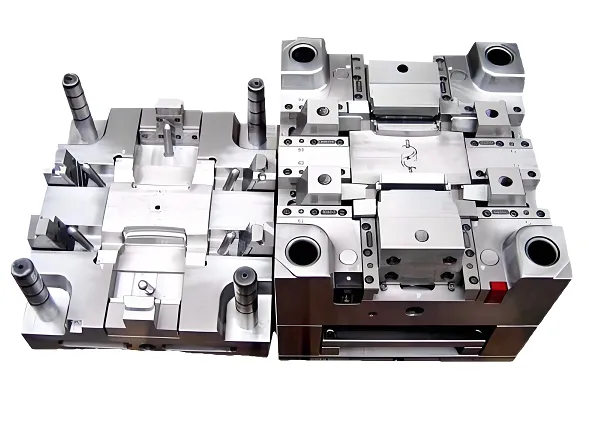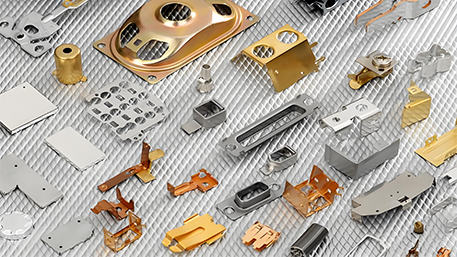
What is an automotive stamping?
Automotive stamping refers to the plastic deformation of a sheet metal by applying external force to it through a mold to obtain an automotive part of the desired shape and size. This process plays a vital role in the manufacturing of automobiles, covering almost every corner of the vehicle from body panels to engine components.
What is the process of automotive stamped parts?
The process of automotive stamped parts mainly includes the following steps:
Material preparation: according to the design requirements of the parts, select the suitable metal sheet and pre-cut.
Mold design and manufacture: design and manufacture the mold according to the product drawings and process requirements to ensure the accuracy and life of the mold.
Stamping: Feed the metal sheet into the mold and apply pressure to the sheet through the press to make it plastic deformation and form the required shape, size and performance.
Edge-cutting and finishing: Separate the stamped parts from the sheet, and carry out edge-cutting treatment to remove burrs, oxidized skin, etc. to improve the surface quality of the parts.
Quality inspection: carry out quality inspection on the stamped parts to ensure that they meet the design requirements.
In the whole process, the mold is the core equipment, whose role is to guide the deformation process of the metal sheet and ensure the accuracy and size of the parts. And the stamping machinery is the power source, including mechanical presses, hydraulic presses, etc., which is used to stamp the metal sheet for deformation.
What are the commonly used materials for automotive stamping parts?
The materials commonly used for automotive stamping parts mainly include:
High-strength steel plate: with high strength, good formability and corrosion resistance, it can reduce the weight of the car and improve fuel efficiency.
Duplex steel plate (DP steel): has a low flexural strength ratio, high work hardening index, high baking hardening performance, etc., applicable to the need for high-strength, high collision absorption of automotive parts, such as wheels, bumpers and so on.
Coated plate: A layer of anticorrosive material is coated on the surface of steel plate to improve the corrosion resistance of the parts.
Aluminum alloy: with the advantages of low density, high strength and good corrosion resistance, it is an ideal material for lightweight design.
In addition, there are other materials such as stainless steel, copper alloy, etc. Choose the appropriate material according to the specific application scenario and performance requirements.
What are the characteristics of automotive stampings?
Automotive stampings have the following remarkable characteristics:
High precision: due to the use of molds for stamping and forming, the dimensional and shape precision of stamped parts are very high and can meet the strict assembly requirements.
Light weight: through the selection of high-strength steel plates, aluminum alloys and other lightweight materials, as well as the optimization of structural design, the weight of the stamped parts can be significantly reduced, thereby reducing the vehicle’s overall quality and improving fuel economy.
Good rigidity: stamped parts undergo plastic deformation in the molding process, so they have good rigidity and deformation resistance.
Good interchangeability: Since the dimensional and shape accuracy of stamped parts are very high, there is good interchangeability between stamped parts produced in the same batch or in different batches, which is convenient for assembly and maintenance.
Good surface quality: the surface of the stamped parts will not be damaged during the molding process, so it can maintain a good surface quality, which is convenient for subsequent surface treatment such as painting and plating.
Conclusion
Automotive stamping parts as an important part of automobile manufacturing, its process, materials and characteristics directly affect the performance and quality of the car. With the continuous development of the automotive industry, the production technology of automotive stamping parts is also progressing and innovating, in order to meet the growing market demand and the higher requirements of consumers for automotive performance, safety, environmental protection and other aspects.

